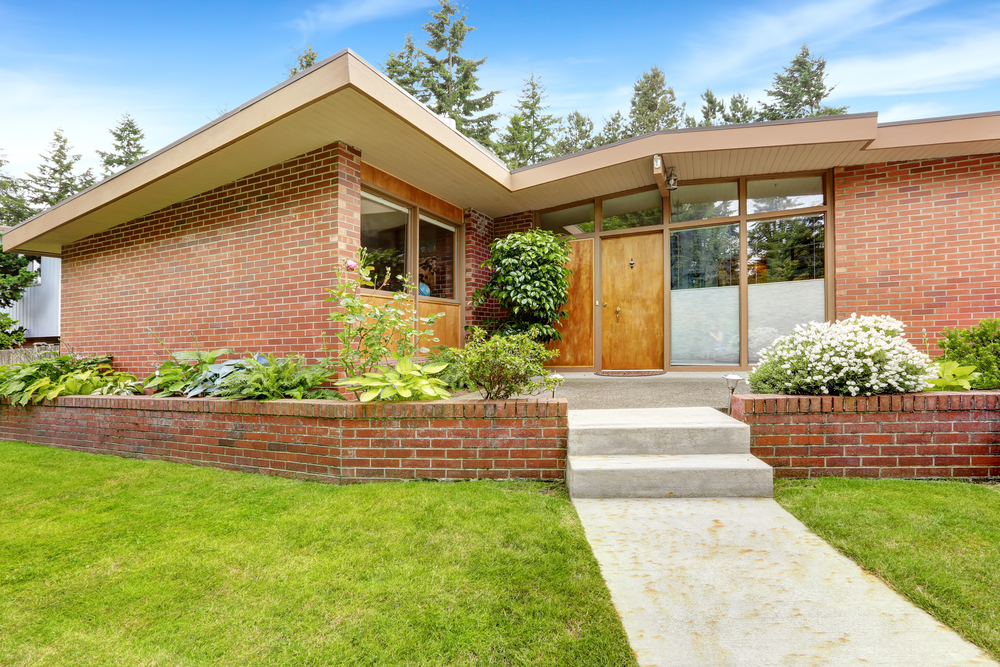
Classic signs your home needs concrete leveling are raised sidewalks and slabs, but there are many other signs that you need the soil stabilizing effects of concrete raising and repair. When your house was built, structural elements such as walls, floors, windows, and doors were installed on what was then a level building.
If the soil around the home was not properly compacted, the house settled, or erosion carried away some of the dirt, the result could be that all parts of the house are no longer equally supported.
As a result of this unequal support, you may find problems that need to be remedied:
When these problems occur, you need to call in professional advice. In many cases, the problem results because of issues with the soil. By using concrete leveling techniques that employ a cement based slurry or foam-based materials, a professional concrete jacking company can fill in the voids in soil, binding it together and making it more stable.
In some cases, the problem is with the foundation rather than just the soil, and other techniques such as piering or anchoring may be needed with or without additional concrete raising. A professional can make a judgment as to whether the relatively inexpensive lifting process can undo many of the problems noted above, or whether more costly techniques are needed.
In the midst of any repairs, a professional should also verify that the property was correctly graded to provide for drainage in the case of storms. A house at the bottom of the hill will have continual problems unless the soil is built up around the house or unless an effective drainage system is added.
Once the soils under and around the house are stabilized, many of the misalignments that occurred previously may go away or need one-time repair, while further problems are held at bay. To prevent small problems from turning into large ones, the best time to have an evaluation done of cracks and problems with walls, floors, windows or doors is early on.
Concrete leveling from Lift Right Concrete can fix cracks and the problems caused by unstable soils while alerting you to the need for more extensive foundation repairs.